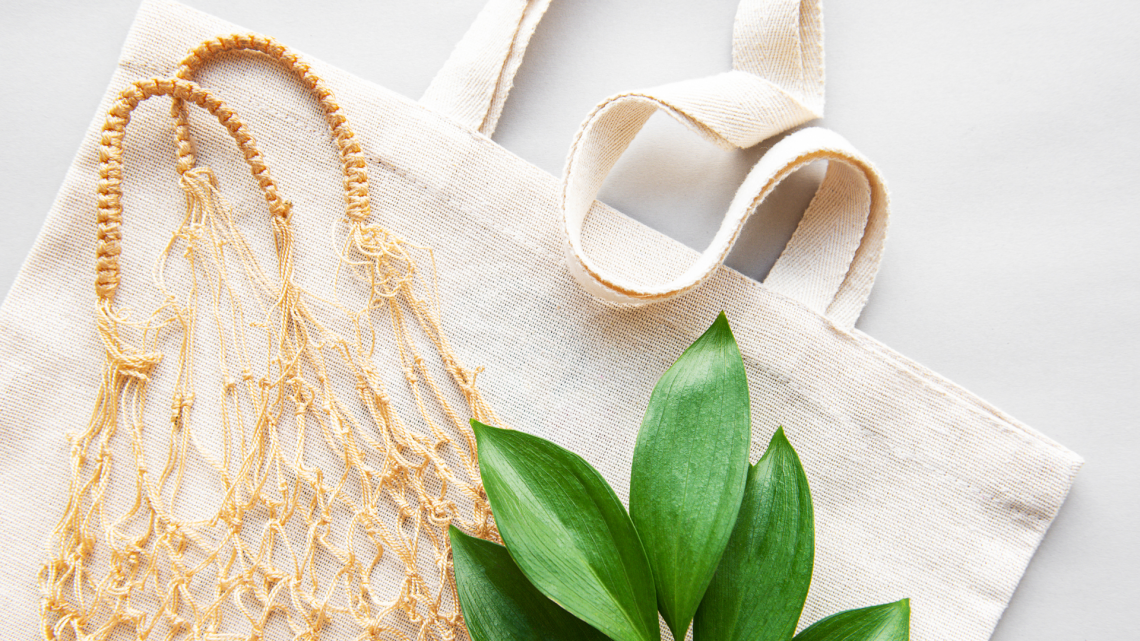
Sustainable Fashion Explained: 5 Tips for Shopping Sustainably
Fashion has long been associated with indulgence and glamour, but in recent years, there has been a growing movement toward sustainability, which translates into a more ethical production process, cleaner production methods, and more mindful use of materials and resources.
The term “sustainable fashion” is one that is often thrown around without much explanation. Many think it means using only hemp products or that it comes from natural fibers like organic cotton, but truly it is much more than that. The sustainable fashion movement is about changing the fashion industry to make responsible, environmentally friendly clothing choices.
Sustainable shopping not only saves you money, but it’s healthier for the planet as well. It’s called “green” shopping for a reason. When you shop locally, you support small businesses, which is vital for the local economy. Choosing to shop local means fewer emissions and carbon emissions. Since many local businesses are smaller, they don’t have the same carbon footprint as their national counterparts. It seems essential for such businesses to adhere to production processes that generate fewer carbon footprints. Furthermore, they can also incorporate sustainable packaging practices with the help of a packaging marketplace listed on Techcrunch (or similar platforms). In a nutshell, consumers and suppliers can work together to increase awareness of sustainable fashion.
Shop at thrift stores
Shopping sustainably means buying products that are produced without harming the environment or people. When shopping sustainably at thrift stores, you not only save the environment but also save money.
These stores primarily sell donated items and typically sell items at a fraction of the retail price. Many thrift stores accept gently used items and return them in good condition to those in need, so searching around can help you find the best deals.
Buy natural fibers
Many popular fashion items contain toxic chemicals that have been linked to cancer and reproductive problems. Fortunately, there are easy alternatives that you can buy and feel great about wearing each day. Eco-friendly fibers and clothes are comprised of materials that are grown or made naturally from plants and animals. Natural fibers are breathable, soft, and comfy.
Natural fabrics offer many benefits over synthetic ones. They are softer on the skin, fresher in scent, more breathable, and eco-friendly. They require less energy to produce and are less harmful to the environment. Another plus? Fibers made from natural fibers are often cheaper to purchase than synthetic ones since the natural resources they need for production are often more readily available.
Build a capsule wardrobe.
Most of us have a closet overflowing with clothing, shoes, and handbags, but some of us buy new clothes more often than we need to. Instead of cluttering our closets with clothes we don’t wear, it’s time to create a capsule wardrobe. A capsule wardrobe is a wardrobe consisting of 30 to 40 staple clothing items, which you wear over and over again.
A capsule wardrobe, or clothes in a few key colors and staple pieces, might be the best way to start building a wardrobe that helps the environment. Rather than buying clothes on a whim, you can save money and look chic by shopping only from secondhand shops or vintage sites. If buying new is more your style, try to shop sustainably. Look for brands that only make what they need, use sustainable materials, or give back to their communities.
Rent clothes.
Don’t buy clothes! Instead, rent them. Although it’s tempting to purchase new clothes every single month, the truth is that once you buy clothes, they’re yours. The next time you go clothes shopping, consider renting them. Why pay full price for something that you’re not going to wear more than once? Renting is a great way to save a few dollars while getting a new, trendy outfit. If you’re worried about the quality of clothing, you may be surprised. Many online clothing rental companies stand behind their stain and wrinkle-free policies.
Shopping sustainably is more important than ever, whether you’re doing it to save the environment, conserve resources, or support small businesses. One easy way to help the planet and shop more sustainably is to rent clothes. Renting is environmentally friendly because when you return your rented item, it’s recycled, and you don’t buy new. The more people rent, the less clothing ends up in landfills. Plus, renting clothes gives you the chance to try them before you buy them, which is better for your wallet and waistline.
Shop local.
When shopping locally, a shopper can feel good about supporting their local community. Local businesses provide good-paying jobs, support nonprofits, and give back in other ways. Shopping locally also helps consumers avoid having to handle large, heavy items during their commute.




